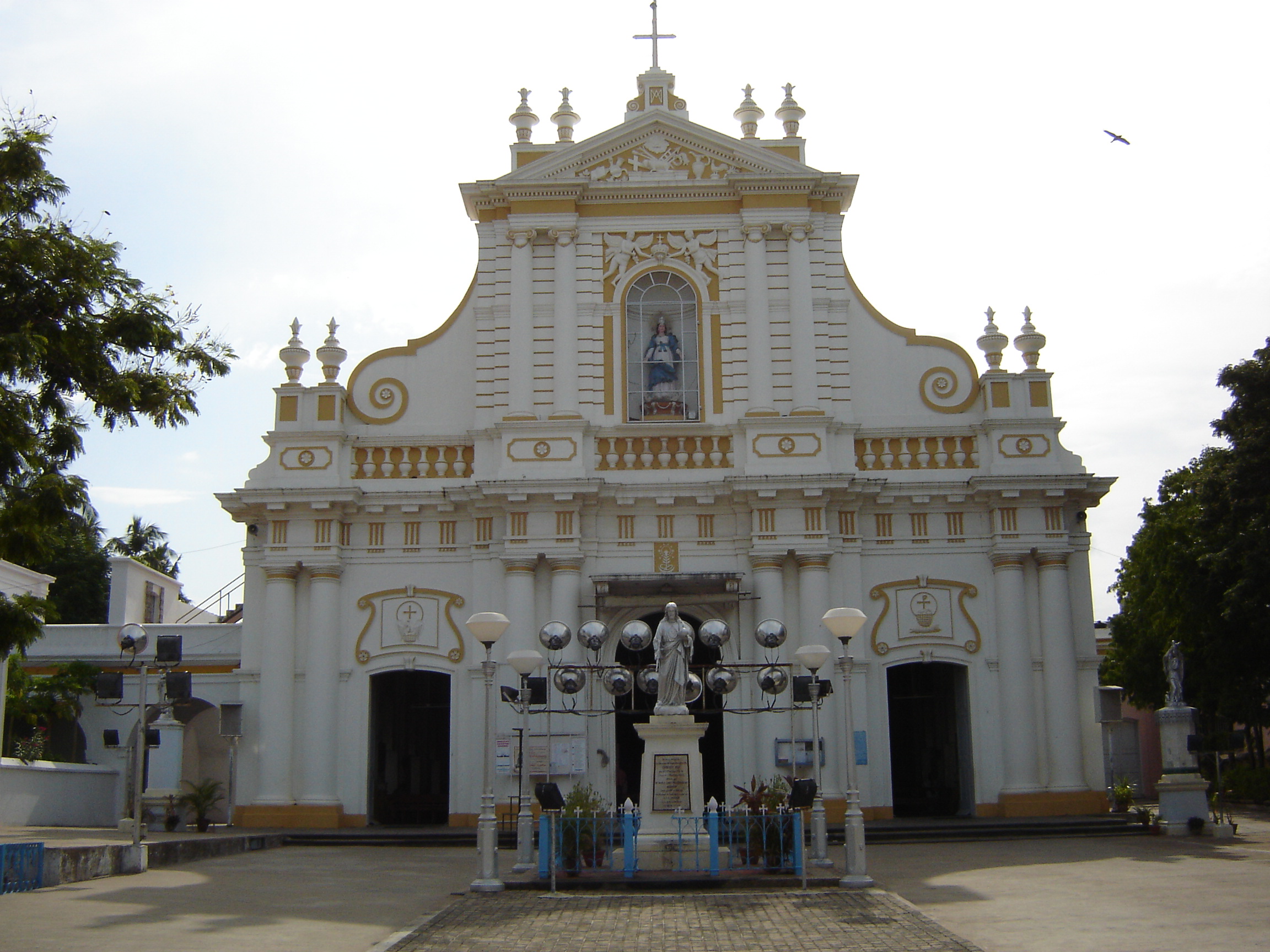A visit to Pondicherry is not complete without strolling through the town’s heritage walk. Here, Indian visa tourists can enjoy the colonial European architecture at the French heritage walk, and the classical Indian landscape at the Tamil Heritage Walk. The traditional houses that line both walks are preserved in order to keep the rich Pondicherry history intact. The tour usually lasts two hours. You can opt to tour the walks by foot, or you can ride a cycle tour.
Pondicherry boasts of a rich history, which is obvious in its two heritage walks. Pondicherry was derived from the name “Puduchery,” which means “new settlement.” Many excavations done by Indian visa academicians have showed that Romans sailed to Arikamedu, Pondicherry to trade pottery, textiles, and gemstones. Portuguese, Dutch, Danes, and British occupied Pondicherry, and their diverse cultures all contribute to the rich architecture that the town is famous for.
The French Quarter Heritage Walk
This beautiful walk is located near the beach and the Bharati Park. Here, tourists granted a visa for India can enjoy the sights of the classical government buildings, institutional edifices, and historic residential villages.
The famous places usually visited by Indian visa guests include the Place de la Republique, French War Memorial, Church of our Lady of the Angels, Government Park, Pondicherry Museum, Sri Aurobindo Ashram, Mason Colombani, and the 19th century lighthouse, to name few.
The French buildings in this area of town were constructed with the Indian climate in mind. The French heritage walk that is famous to many Indian visa sightseers, is flaunted by wall facades featuring gateways and garden walls.
French residences were designed in such a way that they are shielded from rain and sun. As history progressed, the homes were designed with flat roofs that are characteristic of Parisian villas. A tour of these houses exposes the tourists holding a visa for India to the interiors embellished with high ceilings, crafted doors, elaborate staircases, and ornate windows.
The Tamil Quarter Heritage Walk
The Tamil Quarter Heritage Walk is located at the northern part of Pondicherry. Here, Indian visa tourists can enjoy wonderfully constructed houses set amidst beautiful Indian temples. Don’t miss the Tamil Heritage walk attractions, such as the Subbiah Museum, Ananda Rangapillaj Mansion, and Perumal temples, among many others.
The Tamil Quarter houses feature Thalavaram, which is a leaned street terrace; and the Thinnai, which features benches that offer rest and reprieve for many pilgrims with a visa for India.
What makes the Tamil Heritage walk to many Indian visa guests is its “talking streets,” which foster interaction between natives and visitors alike. This structure, alongside horizontal cornices, vertical columns, pilasters, roofs, and ornamental parapets, are unique to Tamil architecture.
In the Tamil Heritage Walk, you will notice that most houses are similar. But each house is distinct, all with its own colonnaded courtyard called a Mutram, which is the focal point of the house.
The Tamil Heritage walk is a hodgepodge of different cultures and religions, and the differences are obvious in their residences. Hindus usually live in one-storey homes, while Christians opt for two-storey residences. The Muslim houses, on the other hand, are unique for their vibrant colors.
The Pondicherry Heritage Walk is a great place to visit once you have had your India Visa. Visit this area and enjoy colonial Indian culture at its finest.





